Description
Mt. Kenya, at the helm of Kenya’s Central Province, is the second tallest peak on the continent of Africa and a commanding natural presence. The mountain itself is a single point inside a vast and surreal thicket of ascending national forest and active game protection communities. The central counties of Kenya extend from the center of the national park, like six irregular pie slices, with their points meeting at the peak of the mountain. It is along the lower edge of these forests where, in wet, high elevation communities with mineral-rich soil (Mt. Kenya is a stratovolcano) many believe the best coffees in Kenya, often the world, are crafted.
Kirinyaga county is one of the smallest and yet best known of these central counties, next to its neighbor, Nyeri. Year after year Kirinyaga coffees are beloved for their ripe fruit-forward profiles, many reminiscent of berry jam, mandarin, and lemongrass.
Tasting Notes:
A great cup! Super clean in its cup characters. Very bright and somewhat fruity at the lighter roasts; citrus, floral and red fruit balanced with just hint of a herbal nutty/caramel factor. Medium roasts get more balanced, not as citric, building a bigger bodied darker tone. The citric turns a little grapefruit like and the nuttiness turns a bit more chocolaty, maintains a lot of depth between the acidity and herbal chocolate/nutty floral notes . Darker roasts get very strong and semi-sweet, think bakers chocolate with herbal accents. A little smoky and roasty but presents nicely for a more exotic dark roast.
Roasting Notes:
Good at almost every roast but be aware, it is a more extreme cup. Lighter roasts will be very acidic, dark roasts very full bodied with potent chocolaty spice and herbal. Most will want to start at a full city and go lighter or darker per personal taste. This is a good candidate to slow down the roast a bit (especially at the lighter roasts), mute up a little of the acidity and build greater flavor depth.
I have always had a fascination with Kirinyaga coffees since I was a kid. Growing up, my dad’s favorite coffee was a local roaster with “Golden Kirinyaga” beans. It was the first fathers day present I actually purchased myself for him. Once i started drinking coffee, the tastes became the reason for my fascination. Nothing else tastes like a Kenya, especially a lovely Kirinyaga. I recently had the pleasure of traveling to Kenya and it has brought the whole picture together on why they stand out so much. Kirinyaga itself is crazy lush, tons of shade for the coffee, getting pretty close to Mt Kenya it is at a bit higher altitude, the perfect spot for coffee. Many of the other regions are much more arid. The farmer co-ops in Kirinyaga are very tight nit and well organized, every small holder works with agronomists, and education is promoted and pushed on everyone across the board. They maintain aggregate nurseries for the small holders and some of the most advanced processing centers I have ever seen.
Kenya’s coffee is dominated by a cooperative system of production, whose members vote on representation, marketing and milling contracts for their coffee, as well as profit allocation. The Kiangai processing station, or “factory” as they’re known in Kenya, alone has 950 contributing farmer members, and is one of 8 factories that combined make up the Kibirigwi Farmers Cooperative Society. Farmers belonging to Kiangai average only about 400 kilograms of picked cherry each, the same as roughly 1 60kg bag of exportable green coffee. High FOB prices for great Kenyas, while the norm, are not a panacea, and in Kenya in particular the number of individual margins sliced off an export price before payment reaches the actual farms is many, leaving only a small percentage to support coffee growth itself, and most often this arrives many months after harvest. However, Kenya coffees are sold competitively by quality, which means well-endowed counties like Kirinyaga achieve very high average prices year after year, and many smallholders here with a few hundred trees at the most, along with additional employment or land uses in the highlands, are considered to be middle class.
Kibirigwi FCS, which was first created in the 1960s, oversees the operations of all 8 member cooperatives. The group, as is common to cooperative societies country-wide, has a farmer-elected board with members from each sublocation. Member coops typically draw fresh water for processing from the nearby Kibirigwi river, which is the society’s namesake. The society employs an agronomist for member education and centrally produce over 200,000 seedlings every year to encourage farm renovation. The society also oversees improvement projects voted on by membership, such as tiling the fermentation tanks to make them easier to sanitize between processing batches.
Kenya is of course known for some of the most meticulous at-scale processing that can be found anywhere in the world. Bright white parchment, nearly perfectly sorted by density and bulk conditioned at high elevations is the norm, and a matter of pride, even for generations of Kenyan processing managers who prefer drinking Kenya’s tea (abundantly farmed in nearby Muranga county) to its coffee. Ample water supply in the central growing regions has historically allowed factories to wash, and wash, and soak, and wash their coffees again entirely with fresh, cold river water. Conservation is creeping into the discussion in certain places–understandably in the drier areas where water, due to climate change, cannot be as taken for granted—but for the most part Kenya continues to thoroughly wash and soak its coffees according to tradition. The established milling and sorting by grade, or bean size, is a longstanding tradition and positions Kenya coffees well for roasters, by tightly controlling the physical preparation and creating a diversity of profiles from a single processing batch.
More Green Coffee Bean Information:
Guide to coffee processing methods
Guide to coffee varieties/cultivars
Guide to coffee regions
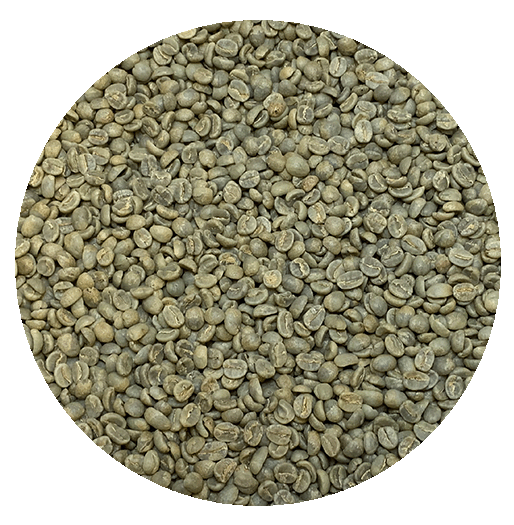

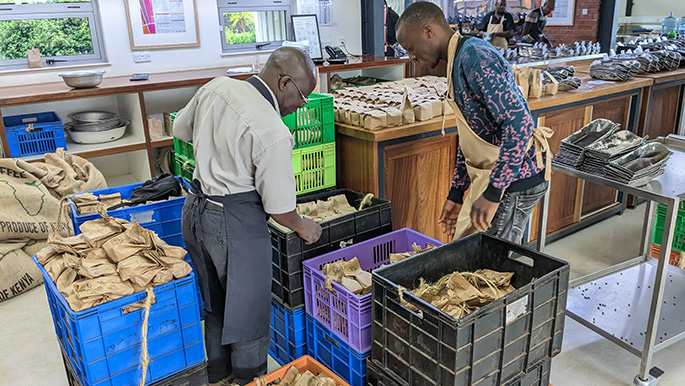
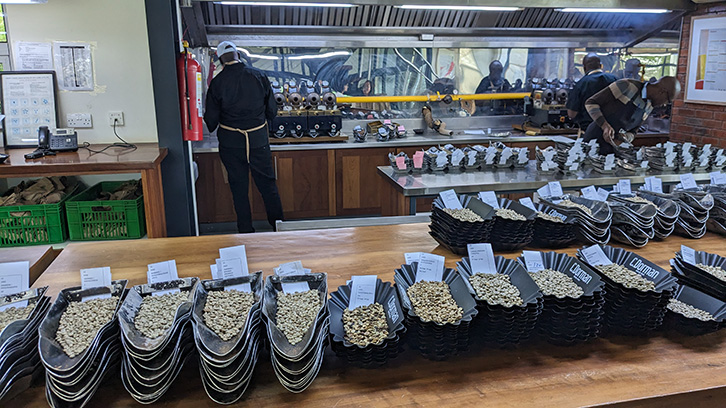


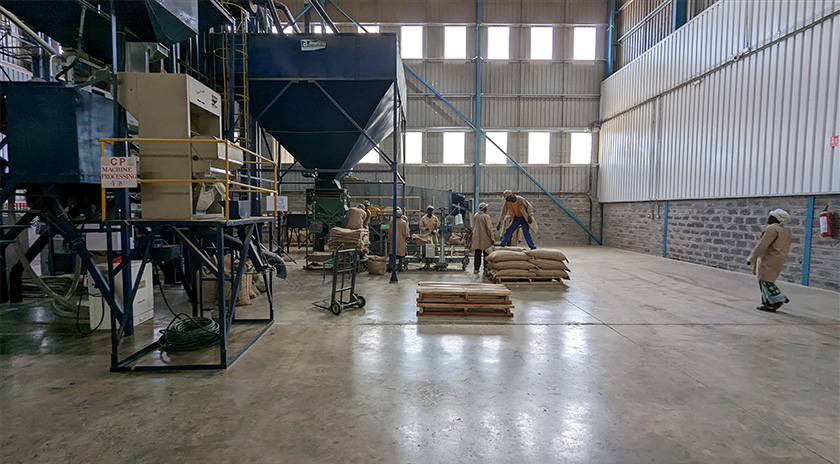
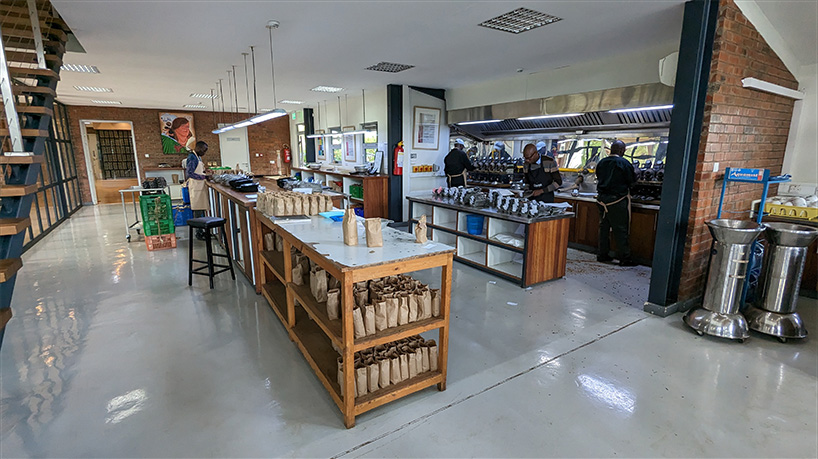

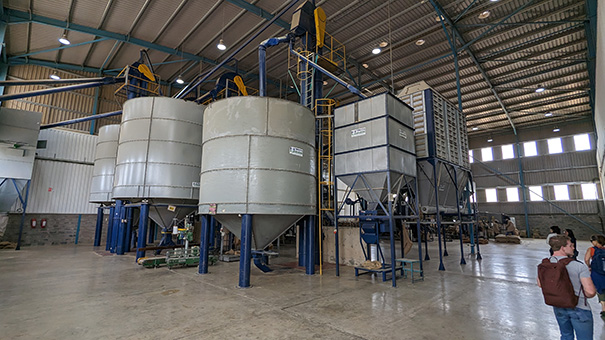
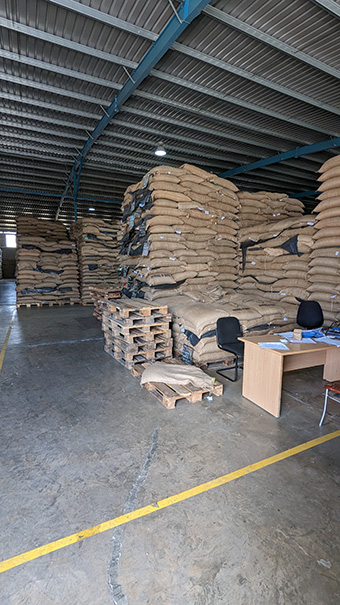
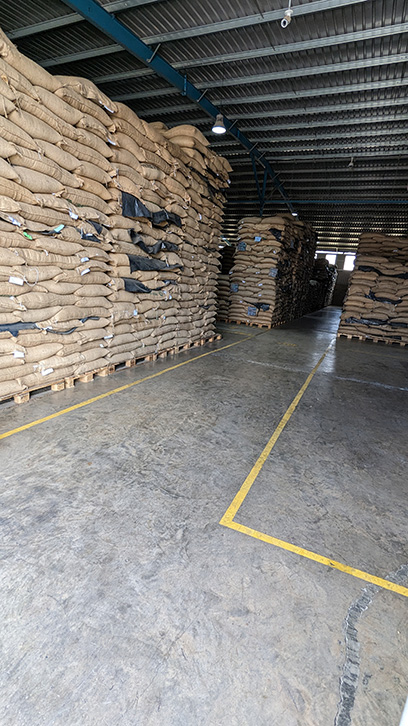

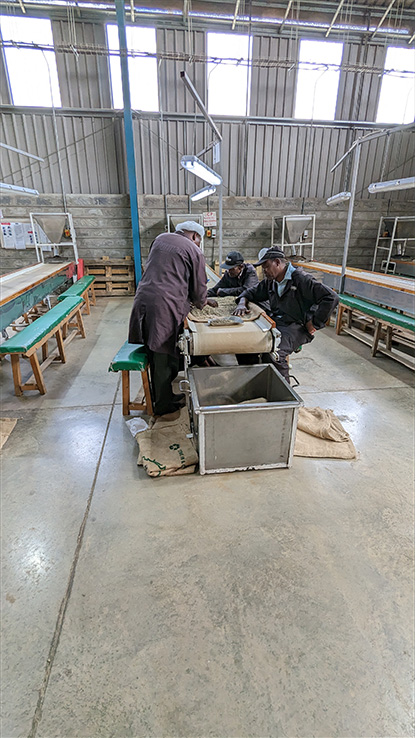
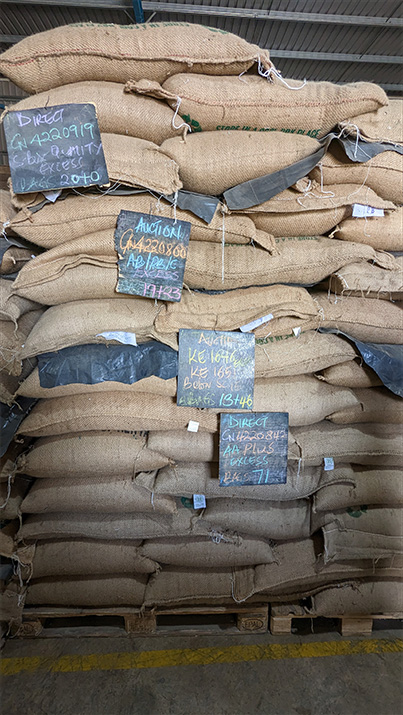
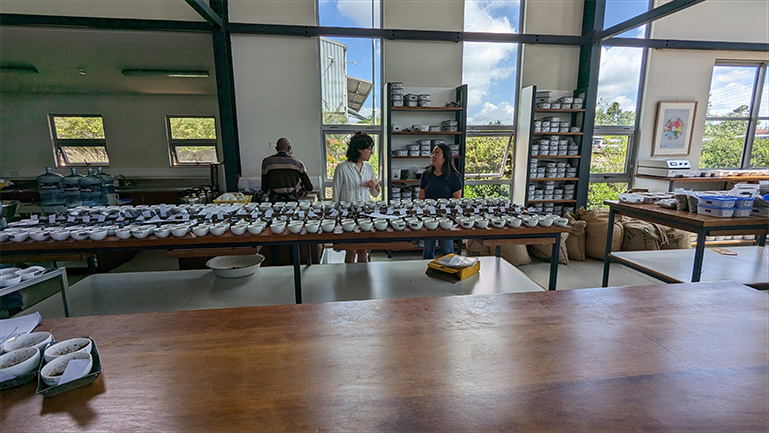


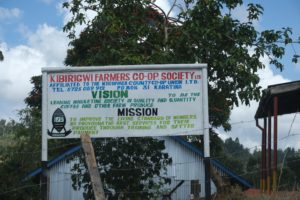
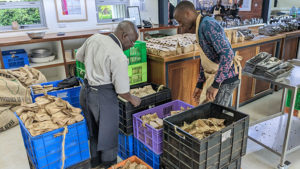
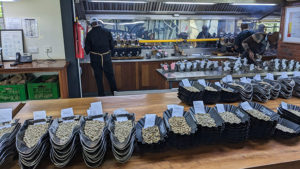
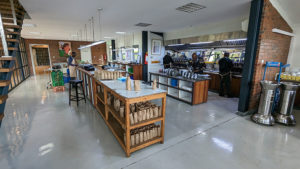

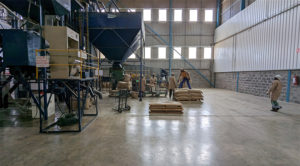
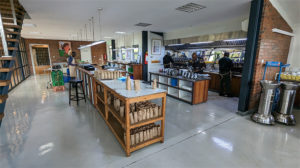

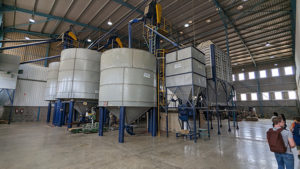

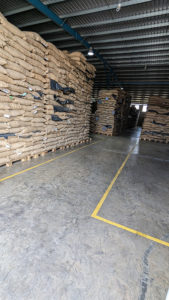
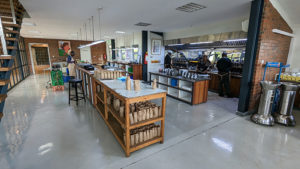

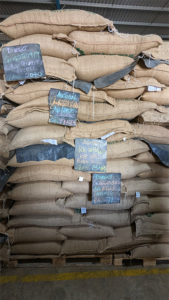
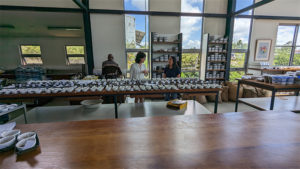



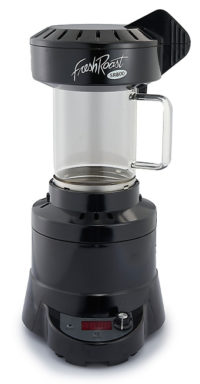
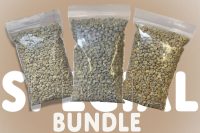

Reviews
There are no reviews yet.